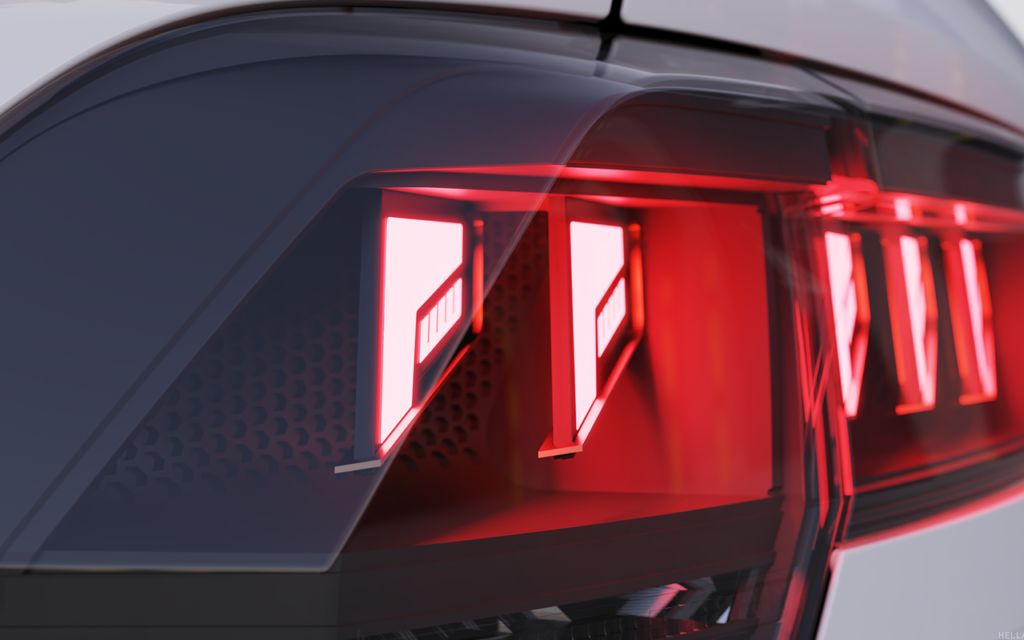Overview
Illuminate the Future: Where Artistry Meets Innovation in Automotive Lamp Sketching and Optic Design

Crafting the Future: Merging Creativity and Precision in Automotive Lamp Sketching and Optic Design to Illuminate the Road Ahead.
From initial sketches to intricate optic designs, the journey of automotive lamp creation is a fusion of artistry and innovation, shaping the future of vehicle lighting with meticulous attention to detail and cutting-edge technology.
In the ever-evolving world of automotive engineering, the design and functionality of car lamps play a crucial role not only in enhancing the aesthetic appeal of vehicles but also in ensuring safety and efficiency on the road. Behind every illuminated headlamp or tail lamp lies a meticulous process of sketching and optic design, where creativity meets functionality to bring forth innovative lighting solutions that meet the needs of modern vehicles and drivers.
At the heart of the automotive lamp design process lies the initial sketching phase. Here, designers blend their artistic vision with technical considerations to conceptualize lamp designs that align with the vehicle’s overall aesthetics and brand identity. Sketching serves as a creative outlet, allowing designers to explore various shapes, contours, and lighting elements that will eventually form the basis of the lamp’s visual appeal.
However, automotive lamp design is not merely about aesthetics; it’s also about functionality and safety. This is where optic design comes into play. Optic design focuses on the distribution of light emitted by the lamp to ensure optimal visibility for drivers while minimizing glare for oncoming traffic. Through sophisticated simulations and calculations, engineers fine-tune the shape and composition of the lamp’s reflectors, lenses, and light sources to achieve the desired lighting performance.
One of the key considerations in optic design is achieving the right balance between brightness and beam control. Headlamps, for example, must provide sufficient illumination of the road ahead without blinding other drivers. Advanced optic design techniques, such as freeform optics and adaptive lighting systems, allow for precise control of light distribution, enabling customizable beam patterns that adapt to different driving conditions.
Moreover, optic design extends beyond traditional lighting functions to incorporate innovative features such as adaptive driving beams (ADB) and matrix LED technology. ADB systems use sensors and cameras to detect oncoming vehicles and adjust the headlamp’s beam pattern accordingly, dynamically illuminating the road while avoiding glare for other drivers. Matrix LED technology, on the other hand, utilizes a grid of individually controllable LEDs to create adaptive lighting patterns, enhancing visibility without compromising energy efficiency.
In addition to functionality, optic design also plays a significant role in enhancing energy efficiency and reducing environmental impact. By optimizing light distribution and minimizing wasted light, engineers can maximize the luminous efficacy of automotive lamps, ensuring that more of the energy consumed is converted into useful illumination. This not only improves the overall efficiency of the vehicle but also contributes to lower energy consumption and reduced CO2 emissions.
In conclusion, the process of car lamp sketching and optic design is a harmonious blend of artistry, technology, and innovation. From the initial sketches that capture the designer’s creative vision to the intricate calculations and simulations that shape the lamp’s optical performance, every step in the design process is crucial in delivering lighting solutions that meet the highest standards of safety, efficiency, and aesthetic appeal. As automotive engineering continues to advance, the role of lamp design and optic technology will remain paramount in shaping the future of vehicle lighting.
Bringing Light to Life: The Art and Science of Automotive Lamp Sketching and Optic Design, Illuminating Innovation on the Road.

Our comprehensive suite of professional services caters to a diverse clientele, ranging from homeowners to commercial developers. With a commitment to innovation and sustainability, Études is the bridge that transforms architectural dreams into remarkable built realities.
